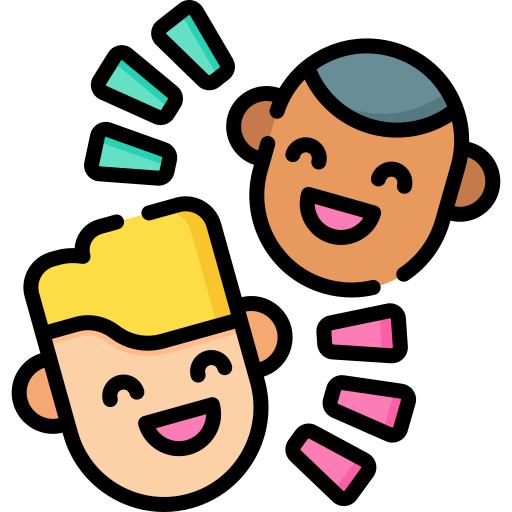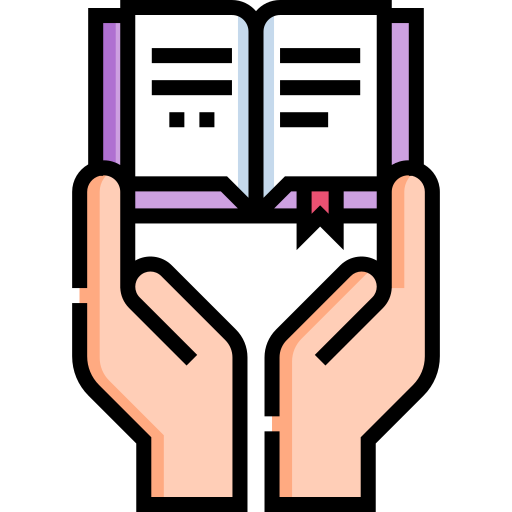Take a look at these 2 classes:
 Engaged students actively participating in class.
Engaged students actively participating in class.
 Passive students falling asleep in class and disengaged.
Passive students falling asleep in class and disengaged.
The two classes are teacher-centered, yet some students seem more engaged than the others. Why do you think this happens? Well, there's a good answer.
Using direct instruction techniques can liven up a classroom and maximize learning.
Direct Instruction in a Nutshell
Direct instruction (DI) is a way of teaching where educators use explicit teaching techniques to teach a specific skill to their students. Skills typically taught with this method are writing, math, sciences or pretty much anything!
 6 steps of a DI lesson
6 steps of a DI lesson
Introduction
Presentation of new materials
Guided practice
Feedback and correctives
Independent practice
Evaluation and review
 The role of the teacher in DI
The role of the teacher in DI
Even though this is a teacher-directed method, lessons can be super active and fun, with the teacher serving as a guide. Everything depends on the approach the teacher adopts: active learning or traditional instruction.

How to use direct instruction in a fun way
A DI lesson might sound like the typical tedious class with students glued to their chairs, but this can change depending on the technique the teacher applies.
Try these active learning techniques for each step of the lesson!
Set Up The Lesson
1. Introduction
Start the lesson with warm up activities that activate previous background knowledge useful for the class.
Show students the lesson objectives.
Brainstorm concepts or vocabulary and write them on the board.
Have students move, stand up and interact with other students.
2. Presenting new materials
Use clear instruction.
Use materials that stimulate different senses like aural or visual.
Select age-appropriate materials.
Use simple ideas to explain concepts.
Quiz
Which activity can be used in the Introduction step?
Provide Support
3. Guided practice
Provide hands-on activities. Students learn more by doing!
Use collaborative activities like small group assignments.
Move around the class to provide assistance while students are busy.
Challenge students' knowledge with activities that are level appropriate.
4. Feedback
Provide useful feedback.
Start with a positive comment before correcting the problem.
Be specific and clear.
Adapt your feedback to each student. Personality matters.
Provide solutions to the issues you find.
Get Students To Demonstrate Knowledge
 5. Independent practice
5. Independent practice
Use collaborative activities.
Allow students to use the materials that were used in class like books, guides, etc., to develop this practice.
Use activities like projects or presentations.
Give little or no support in this stage.
 6. Evaluation
6. Evaluation
Focus on the big picture of performance, not small details.
Align your evaluation with the objectives of the class.
The data from evaluation can also be used to improve your teaching.

Quiz Time!

Meet Mrs. Brown, a middle school math teacher. Her students have been struggling with the topics of the class and she doesn't understand why. This is what her typical lessons look like:
She explains the lesson to her students for 1 hour while they listen to her. She just uses the board to write down the most important information.
Then, students have to do a quiz and they answer based on what they memorize from the lecture.
She grades the quizzes with numbers and doesn’t provide feedback.
Quiz
Which DI techniques should she implement in her lessons to improve effectiveness? Select all that apply.
Take Action

When applying these strategies to your lessons, remember:
Your feedback matters to us.
This Byte helped me better understand the topic.




